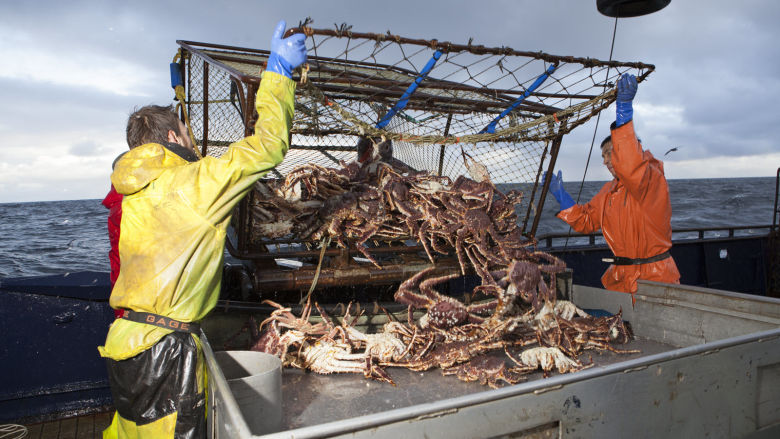Discovery Bundles Up Its Hits

To get primetime advertisers to focus on its highest-rated programs, Discovery Inc. has put together a new package of premiere episodes of series from eight of its networks.
Discovery has long complained about the gap between the rates advertisers pay for broadcast and cable. The Discovery Premiere offering is designed to lure dollars from broadcast with prices that are still more efficient and ratings that are in the same ballpark as the average for broadcast prime.
Discovery Premiere advertisers’ commercials will run in the first position in a show’s pods. Premiere sponsors will also get amenities like custom research, branded tune-in spots and longer billboards.
“There are a lot of things that are being offered to advertisers in these Premiere bundles that are going to be unique to clients that are supporting [the bundles],” Jon Steinlauf, Discovery chief U.S. advertising sales officer, said.
Steinlauf was put in his position after Discovery acquired Scripps Networks Interactive in March, as upfront plans were being finalized. The Premiere plan came together too late to be a large offering, but it has been presented to about 15 clients thus far, he said.
“The key to the strategy really is, we’re only selling first-run episodes and we’re only selling brand-name shows that have very strong followings, and they have good audiences and good environments,” Steinlauf said.
The shows in the package include Discovery Channel’s Gold Rush and Deadliest Catch, HGTV’s Property Brothers and House Hunters, Food Network’s Chopped and Iron Chef Gauntlet, TLC’s Trading Spaces and 90 Day Fiancé, ID’s On the Case With Paula Zahn and People Magazine Investigates and OWN’s To Have and Have Not and Queen Sugar. Premiere advertisers will also get a bite of Discovery’s Shark Week programming.
Broadcasting & Cable Newsletter
The smarter way to stay on top of broadcasting and cable industry. Sign up below
Many of those shows not only win their time periods on cable but are among the top rated shows on TV when first-run episodes air.
“This company is not lacking for successful television series that do, in today’s world, high ratings,” Steinlauf said.
Some high-rated cable shows have been able to command close to broadcast-level prices on a cost-per-thousand viewers (CPM) basis, but those have mostly been original scripted series like AMC’s The Walking Dead.
Steinlauf said Discovery won’t be seeking broadcast-level CPMs for commercials in the Premiere package.
“We’re looking for strategic partners who see the value in today’s market by looking beyond what the legacy business has been,” he said. “The time has come for an idea like this, and I think we’re one of a handful of companies that can do it because of the depth of hits that we have.”
To some degree, Discovery is breaking from the usual TV ad sales strategy of using the lure of high-rated shows to get advertisers to also buy some less-popular programs. A decade ago, when Turner started putting original scripted shows on TNT, it sold them separately as “broadcast replacement.” More recently, YouTube has been selling its most popular videos in a Google Preferred package aimed at TV advertisers.
Steinlauf expects Discovery Premiere to benefit Discovery Channel, which has the most hit shows, and OWN, which isn’t rated highly enough on a seven-day basis for the network’s top series to show up on some media buyers’ radar screens. Premiere could also help ID, whose ad pricing has lagged despite its rapid climb to become a top-rated network.
“The amount of inventory that’s going to be sold in these Premiere packages is fairly limited,” he said. “We’re asking people to take a small part of their [prime network] budget and buy it this way.”
Steinlauf said Discovery is in the early phases of its upfront negotiations, and demand for TV appears to be holding up. “I think the story for this market is, television is resilient,” he said.
Jon has been business editor of Broadcasting+Cable since 2010. He focuses on revenue-generating activities, including advertising and distribution, as well as executive intrigue and merger and acquisition activity. Just about any story is fair game, if a dollar sign can make its way into the article. Before B+C, Jon covered the industry for TVWeek, Cable World, Electronic Media, Advertising Age and The New York Post. A native New Yorker, Jon is hiding in plain sight in the suburbs of Chicago.

